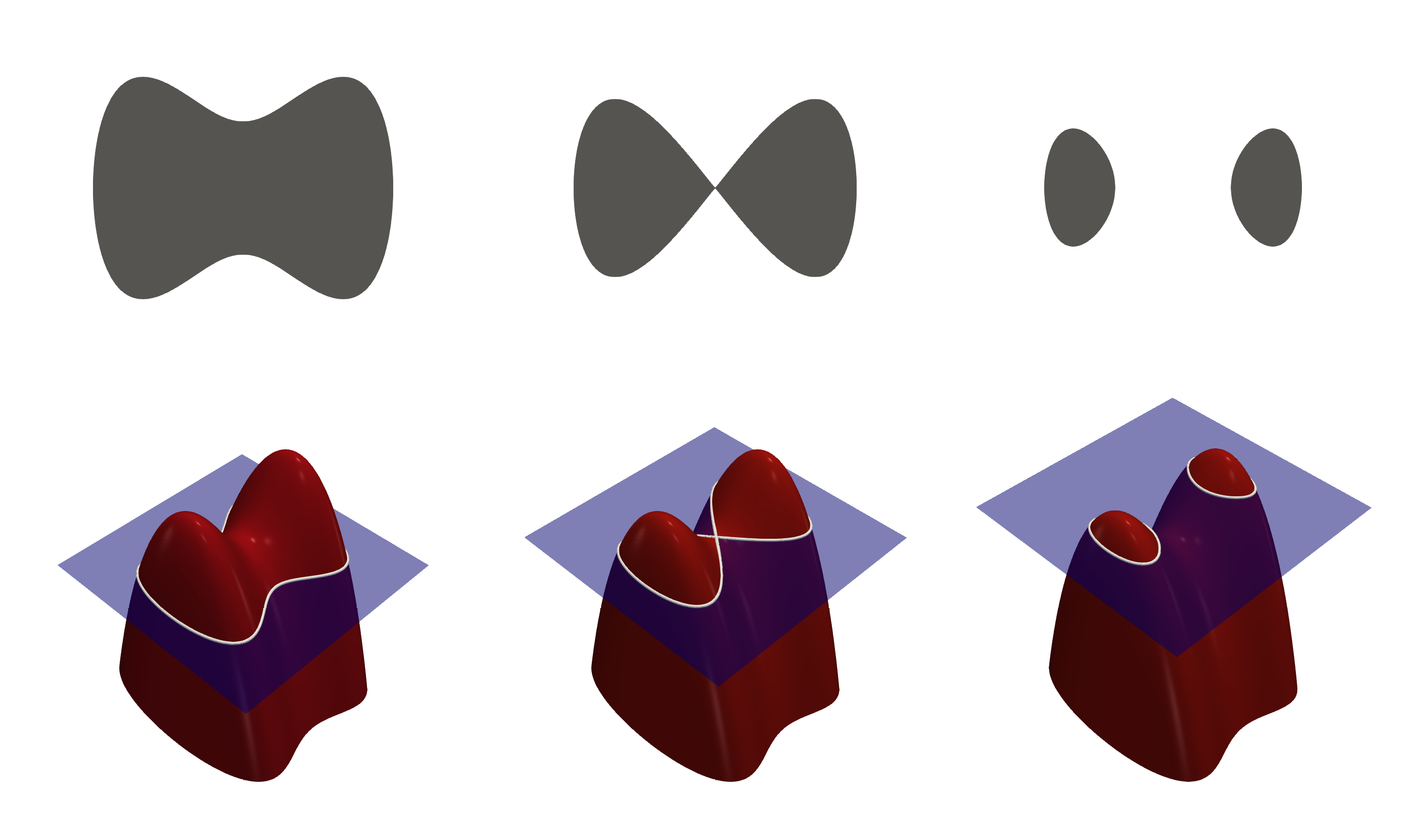Co-authored-by: pejour <pejour@users.noreply.github.com> Co-authored-by: Damien Guillotin <damguillotin@gmail.com>
2.6 KiB
Usefull resources
Level set method, Wikipedia
https://en.wikipedia.org/wiki/Level-set_method
Level set, Wikipedia
https://en.wikipedia.org/wiki/Level_set
TP3, Stéréoscopie multi-vues (MVS)
https://moodle-n7.inp-toulouse.fr/pluginfile.php/116746/mod_resource/content/2/sujet_TP3.pdf
Coding Adventure: Terraforming, Sebastian Lague
3D Signed Distance function (NVIDIA Research)
2022 Towaki Takikawa Andrew Glassner Morgan McGuire
https://tovacinni.github.io/sdf-explorer/
A GPU Implementation of Level Set Multiview Stereo
2006 Patrick Labatut Renaud Keriven Jean-Philippe Pons
https://link.springer.com/chapter/10.1007/11758549_33 https://link.springer.com/content/pdf/10.1007/11758549_33.pdf?pdf=inline%20link
Fast Level Set Multi-View Stereo on Graphics Hardware
2006 Patrick Labatut Renaud Keriven Jean-Philippe Pons
https://ieeexplore.ieee.org/document/4155801 https://sci-hub.hkvisa.net/10.1109/3dpvt.2006.62
Model-based multiview stereo via level sets with statistical shape prior
2011 Moumen El-Melegy Nagi Al-Ashwal Aly A. Farag
https://ieeexplore.ieee.org/document/6365368 https://sci-hub.hkvisa.net/https://ieeexplore.ieee.org/document/6365368
Équation bizarre de l'idée générale
g(x,y)=exp(-((0.2*x)^(2)+((y^(2))/(x^(2)+0.1))))*sig(-10*x)-5*exp(-((y^(2))/((0.1*x)^(2))))*sig(10*x)
g(x,y) = \exp\left(-\left(\left(0.2x\right)^2 + \left(\frac{y^2}{x^2 + 0.1}\right)\right)\right)\sigma\left(-10x\right) - 5\exp\left(-\frac{y^2}{\left(0.1x\right)^2}\right)\sigma\left(10x\right)A Level-Set Approach to 3D Reconstruction from Range Data
1998 Ross T. Whitaker
https://link.springer.com/article/10.1023/A:1008036829907
Level Set Methods in Computer Vision (Slides)
2006 Daniel Cremers Department of Computer Science University of Bonn
https://www.csd.uwo.ca/~yboykov/Presentations/ECCV06_tutorial_partII_dan.pdf
On part d'un solide qu'on rogne en soustrayant les valeurs obtenues avec les gaussiennes => jusqu'à obtenir le solide étudié.
Variational principles, surface evolution, PDEs, level set methods, and the stereo problem
1996/1998 Olivier Faugeras Renaud Keriven
https://hal.inria.fr/inria-00073673/document https://ieeexplore.ieee.org/document/661183
Multi-View Stereo: A Tutorial
2015 Yasutaka Furukawa Carlos Hernández
https://carlos-hernandez.org/papers/fnt_mvs_2015.pdf
JDD
Eviter papier de BOYKOV CREMERS

